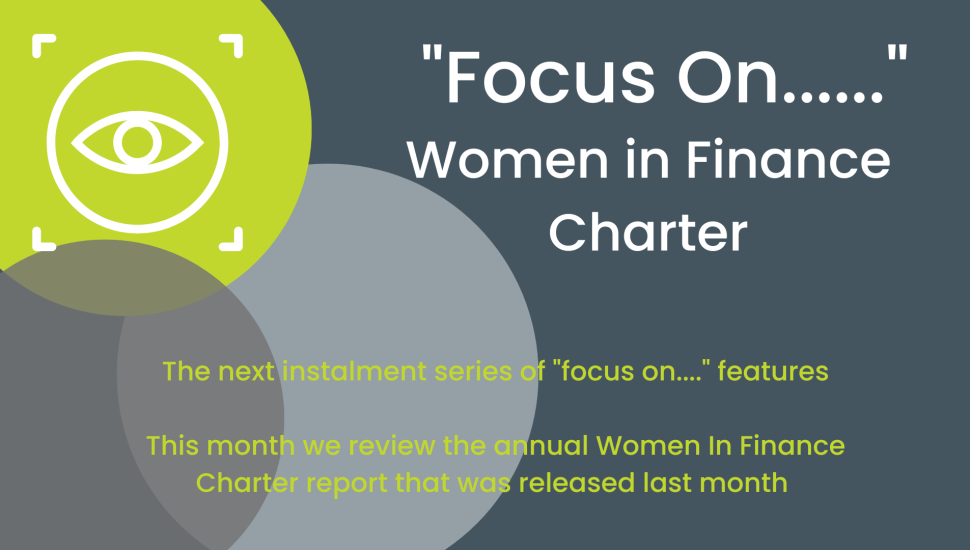The Women in Finance Annual Review 2022 offers a unique insight into what Charter signatory firms – from across financial services – are doing to boost the proportion of women in senior leadership.
Its is hoped signatories will use the findings to improve their understanding of best practices around the principles of the Charter. The data provides important benchmarking for signatories and non-signatories alike. You can download a copy of the review here.
Highlights of the review
1. Meeting targets: A third (34%) of the 235 signatories analysed in this review have met their targets for female representation in senior management, and a further 47% that have targets with future deadlines said they are on track to meet them.
2. Bounce back from 2021: After a plateau in progress in 2021 (when the average level of female representation remained flat at 33%), signatories have recovered lost ground, reaching an average of 35% in 2022.
3. Leaders breaking through 40%: For the first time, the top quarter of firms (52) signed up to the Charter that conduct regulated financial activities have achieved at least 40% female representation in senior management. But the gap between the top and bottom quartile is getting wider and is clearly split along sector lines – with building societies and UK banks at the top and global/ investment banks and asset managers at the bottom.
4. Fewer misses in 2022: Of the 73 signatories with a 2022 deadline, 44 hit their targets and the remaining 29 missed, down from 31 in 2021. Of the 29 that missed, 22 were close – either within five percentage points or five appointments of hitting their target.
5. Data and hybrid core to actions: The 2022 reporting shows a significant shift in how signatories are using data to monitor actions undertaken to pursue targets and to understand their impact, particularly hybrid working. Post-pandemic, 91% of signatories are exploring some form of hybrid working, and more of them are on the lookout for potential negative impacts on women.
6. Rapid expansion of diversity data: Signatories are extending diversity data collection, with 80% capturing additional diversity data about their female senior managers, up from 53% in 2020. Ethnicity, sexual orientation, and disability are the most commonly collected data points. However, most firms are at the early stages of analysing this expanded dataset.
7. Accountable at the top table: Accountability is sitting at the highest levels of seniority, with almost all (98%) accountable executives (AE) sitting on the executive committee. AEs are taking an increasingly strategic approach, and their role is expanding by adding diversity strands and/or new topic areas, such as gender pay gap reporting and flexible working.
8. Linking to pay: More signatories are finding the link between diversity targets and pay is making a difference, with 64% reporting that they believe the link to pay has been effective, up from 53% in 2021. Having a link to pay means diversity is increasingly positioned as a business issue, rather than voluntary or owned and led by HR and D&I teams.
9. Strong ambition on targets: Half of signatories (50%) have set a target of at least 40%, corresponding with HM Treasury’s desire for alignment with the FTSE Women Leaders review, including one in six with a target of parity. Average targets rose across all signatory sectors and sizes.
10. Publishing updates: Publishing progress is the only Charter principle that has not consistently improved over the years. While 77% of signatories posted an online update on their progress by the required deadline, only 36% included the required details, and the quality and format of reporting varied significantly.#
Here at Goodman, our reporting date has been set at September 2023 to meet your gender diversity targets which were agreed by the Board when we joined the Charter. For more on this click here

